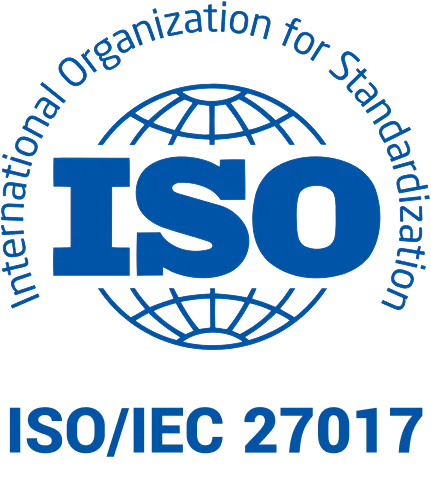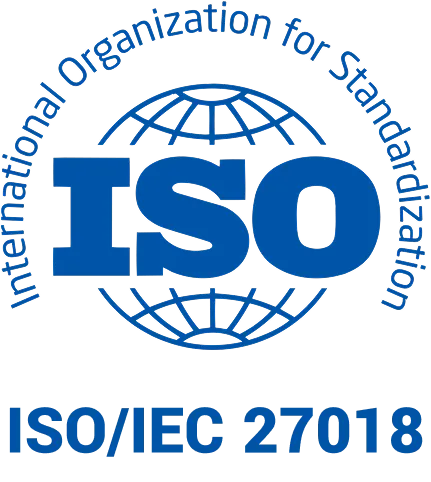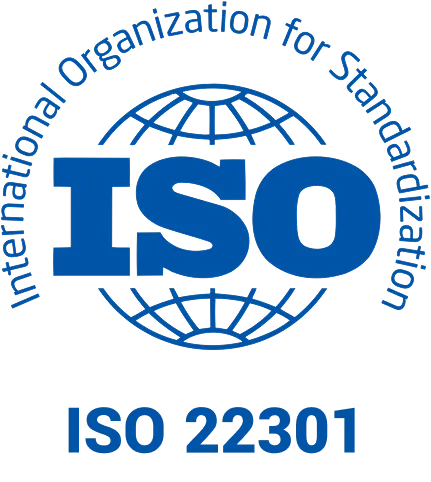
What should a letter of recommendation from an employer include?
A recommendation letter is a formal document issued by an employer to an employee, typically in the context of their application for a new job. This letter contains information confirming the employee’s qualifications, experience, and skills, as well as a description of their achievements and the nature of their cooperation. Its main purpose is to convince the prospective employer of the candidate's value, making it a crucial part of the recruitment process. Prepared by a supervisor who knows the candidate well, the recommendation letter can significantly distinguish an application by highlighting the professionalism and commitment of the recommended individual.
How to write a recommendation letter?
A recommendation letter should be written clearly and understandably, with professionalism and formality that are required for such documents. It is important for the author of the letter to state their position and relationship with the recommended employee, which adds credibility to the references provided. The letter should start with a brief introduction, providing basic information about the employee and the circumstances under which the employer had the opportunity to observe their skills and competencies.
Additionally, the letter should focus on specific skills and achievements of the employee that are most relevant to the position they are applying for. It should include specific examples illustrating how the employee applied their skills in practice, benefiting previous employers. When describing successes and projects, it is useful to highlight unique abilities of the candidate that set them apart from others.
What should a recommendation letter include?
A recommendation letter should include several key elements that together create a complete picture of the candidate’s qualifications and achievements. At the beginning, contact details of both the sender and the recipient should be included. It is also important for the introduction to include information about the duration and nature of the cooperation with the employee, which indicates the context and depth of the professional relationship. Following this, the letter should detail the employee’s skills and qualifications, focusing on those most relevant to the potential new employer.
Another important element is providing specific examples of work, projects, or achievements that best demonstrate the employee’s competencies. These examples should be described in a way that clearly shows how the employee contributed to the successes of their previous workplace. This not only highlights technical skills but also personal attributes such as initiative, teamwork ability, or leadership skills. Each description should be supported by specific results or success metrics, which enhances the persuasive nature of the recommendation.
Example of a recommendation letter from an employer
An example of a well-written recommendation letter is a document where the supervisor describes in detail the specific skills of the employee and their achievements that had a direct impact on the company's results. For instance: “Mr. Jan Kowalski, having worked as a financial analyst at our company for the past three years, has demonstrated an exceptional ability to analyze complex market data, contributing to the optimization of our investment strategies and increasing profitability by 20% over the past year.”
The effectiveness of this letter lies in its ability to convey the specific value the employee brings to the company, which is crucial for future employers. This letter can be adapted to various professional situations by emphasizing relevant skills and achievements depending on the industry and position the candidate is applying for. With such adaptation, the letter becomes a universal tool supporting the candidate's career in diverse professional environments.
Recommendation letter template
A recommendation letter template should include basic elements such as a header with the sender’s and recipient’s details, introductory words, the main section describing the employee’s skills and achievements, and a conclusion with a summary and recommendation. For example, the template might start with: “It is with great pleasure that I recommend Mr./Ms. [First Name Last Name] for the position of [Job Title] they are applying for. During [Duration of Cooperation], I had the pleasure of working with [First Name] at [Company Name], where [First Name] demonstrated [Description of Skills].”
Customizing the template for a specific candidate and position involves modifying the descriptive part to reflect the industry specifics and expectations of the new employer. Specific examples of achievements or projects that best illustrate the candidate’s competencies should be carefully chosen. Tips on selecting the most appropriate examples and formulations can also be part of the template, helping the sender to create effective and persuasive recommendation letters.
Common mistakes in writing a recommendation letter
One of the most common mistakes when writing recommendation letters is the lack of specific examples and details about the employee’s achievements. Too general statements can make the letter sound unconvincing and fail to deliver the expected results. For instance, instead of writing “the employee was competent,” it is better to provide a specific example of a situation where their competencies contributed to the success of a project or team. Another common mistake is the inappropriate tone – too informal can be perceived as a lack of professionalism, while too formal may be seen as a lack of personal involvement in the recommendation.
To avoid these mistakes, it is important to carefully consider what information and anecdotes best reflect the nature of the cooperation with the employee before starting to write the letter. Preparing a list of the employee’s most important skills and specific situations that illustrate these skills will help maintain the appropriate structure and content of the letter. Additionally, seeking input from another employee or supervisor who also knows the recommended person can help capture various aspects of their professionalism, further enhancing the value of the letter.
In summary, a well-written recommendation letter plays a crucial role in the recruitment process, opening doors to new career opportunities for the candidate. This document, presenting the employee in a positive light by detailing their skills, achievements, and professionalism, significantly increases their chances of employment. Preparing the letter according to best practices – clearly, with specifics, and with a personal touch – can determine the candidate’s edge over other applicants. That is why it is worth dedicating time to creating a convincing and professional recommendation letter, which will become a powerful tool in the hands of the future employer.





































